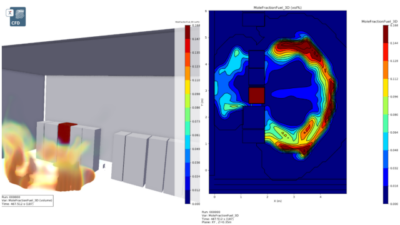The Philippine government has championed geothermal power, and the United States can only learn from their success.
Reacting to the early 1970s oil shock, Ferdinand Marcos created a major government program to find, develop, and generate electricity from hot rocks deep in the ground. Since then, the Philippine government has championed this form of energy, reports a Washington Post story .Geothermal power now accounts for about 28% of the electricity generated in the Philippines. With 90 million people, about 40% of whom live on less than $2 a day, this country has become the world’s largest consumer of electricity from geothermal sources. Billions of dollars have been saved here because of reduced need for imported oil and coal.In installed geothermal power capacity, the country ranks No. 2 in the world, narrowly trailing the United States, which has far more geothermal potential, far more engineering talent, and far greater demand for clean sustainable power.But unlike in the Philippines, government policy in the United States has been inconsistent. In 2006, the Bush administration cut most geothermal spending–federal programs that received as much as $100 million a year in the 1980s shrank to $5 million. Research projects were dismantled. Scientists in the field had to find other jobs.Earlier this year, the
Dept. of Energy announced
it would invest up to $90 million on geothermal research.



